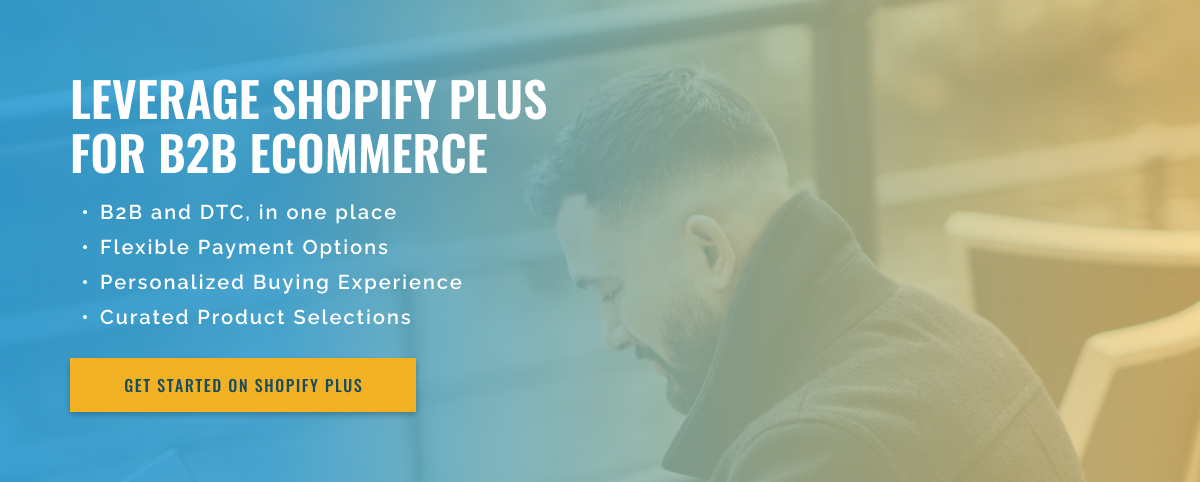3 minute read
Strategies for Integrating Shopify B2B with SAP
With the rise of electronic commerce, more and more companies are turning to the B2B model to optimize their buying and selling processes. Given Shopify’s popularity as a leading online retail platform, integration with SAP, one of the world’s leading enterprise resource planning (ERP) systems, has become a priority for many developers. This integration promises efficiency and smooth data flow for B2B transactions.
So what strategies do developers use to integrate Shopify B2B with SAP? Let’s take a closer look:
1. API Integration: The backbone of any integration is the application programming interface (API). Using the Shopify API, developers can connect Shopify to SAP to facilitate data exchange between the two platforms. You can also customize the API to your specific business needs, such as to automate inventory updates or order fulfillment.
2. Data Mapping: Data mapping is critical to the successful integration of two systems. In this case, developers must map the data fields between Shopify and SAP to ensure that the information transferred is correct and compatible. This process identifies data fields in Shopify and maps them to corresponding fields in SAP.
3. Using third-party integration solutions: There are many third-party integration solutions that specialize in connecting Shopify with various ERP systems, including SAP. These solutions come with pre-built templates and connectors that make it easier and faster for developers to integrate the two platforms. They also offer ongoing support, making them a cost-effective and time-saving option for businesses.
4. Real-time integration: Real-time integration ensures that data between Shopify and SAP is synchronized in real-time. In this way, any update or change made in one of the systems will be reflected in the other, guaranteeing the accuracy and consistency of the data. This is essential for B2B transactions where speed and accuracy are crucial for a smooth sales process.
5. Testing and Maintenance: No integration is complete without rigorous testing and ongoing maintenance. Developers should thoroughly test the integration to ensure it works as intended and identify and resolve any issues that arise. You should also periodically maintain the integration to stay up to date with any changes to Shopify or SAP systems.
In summary, integrating Shopify B2B with SAP requires a strategic approach where developers leverage a combination of API integration, data mapping, third-party solutions, real-time integration, and post-integration testing and maintenance.

